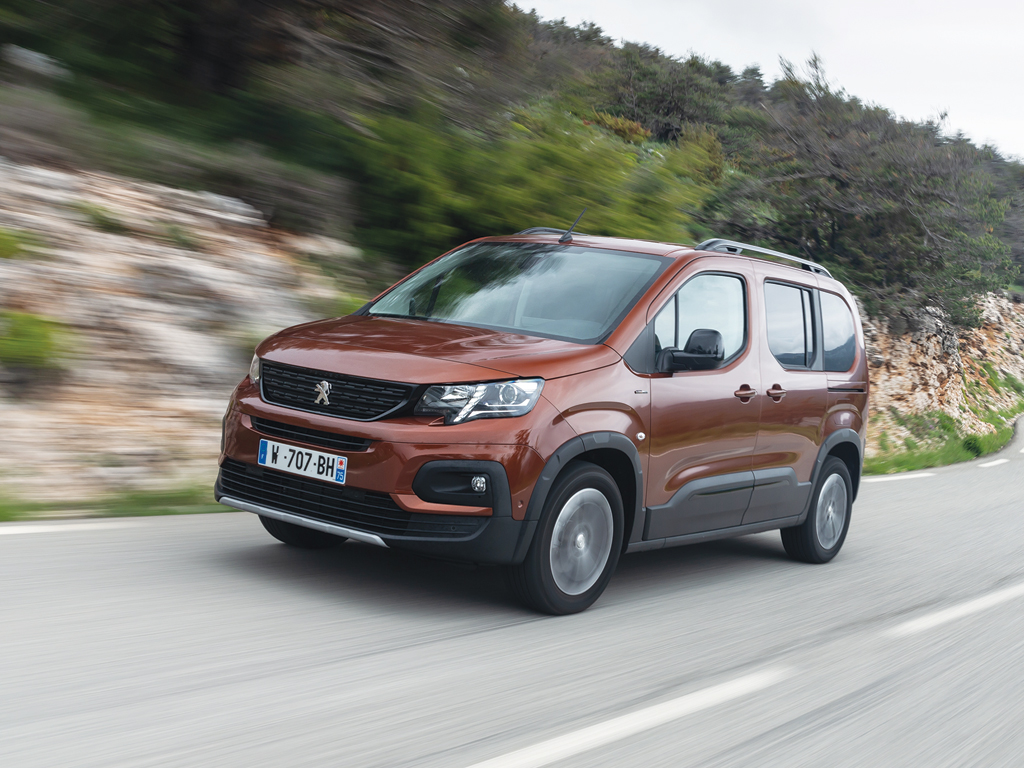Road Test: Peugeot Rifter
Part van, part MPV, part SUV, the Rifter is a multi-talented family-hauler, explains Alex Grant.
- Peugeot Rifter
SECTOR Compact MPV PRICE €TBC FUEL 4.1-5.7l/100km CO2 109-131g/km
Numerous manufacturers have claimed to break new ground with their latest models, boasting segment-busting solutions to real-world problems. But Peugeot has been clever with the Rifter, somehow packing an unnaturally long list of talents into a compact family car.
Partly because it bridges a gap. Young families tend to want the image and height of an SUV, despite actually needing the modularity of an MPV. The Rifter is perhaps biased towards the latter, but its raised suspension, body cladding and Tonka-esque rugged styling from the Partner van add a little emotional appeal to go with it.
Besides, the Partner isn’t a bad place to start – it means this is platform-shared with the 3008 SUV, and ironically it’s more car-like to drive than it is SUV-like to look at. Diesel versions are quiet, it rides well, has the tech and options list you’d want in a car and doesn’t roll like you might expect it to either. The biggest let-downs are long gear throws (particularly the five-speed gearboxes), van-like hard plastics inside, and inadequate front-seat lumbar support – most noticeable on long journeys. Sadly, even the sporty GT-Line versions don’t get upgraded seats.
For modularity, no SUV comes close. Headroom is predictably generous, there’s space for three child seats in the back (rare in a five-seater), sliding doors for tight spaces, and electric windows in the back – not portholes. Boot capacity is a third bigger than the 3008’s, with opening tailgate glass and multiple levels for the parcel shelf, and all except the driver’s seat fold flat. Peugeot even offers a third row of seats – removable, if you also opt for the 35mm longer body.
Granted, this isn’t likely to single-handedly turn around the terminal decline of MPVs in Europe. But it’s a rugged-looking and genuinely useful segment-crosser, which deserves a second look.


